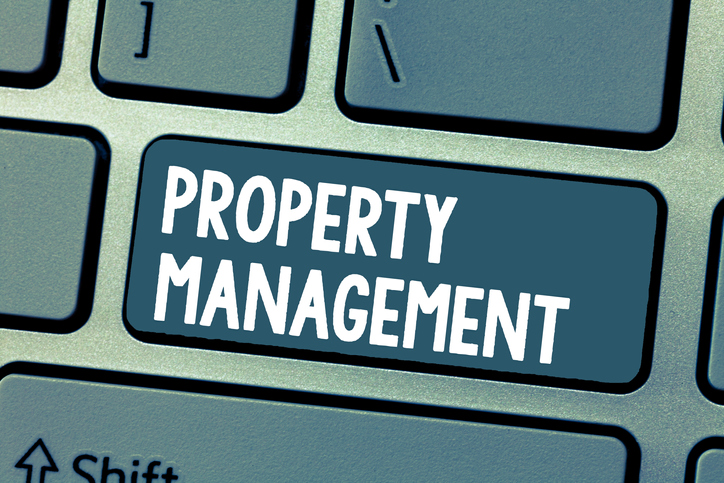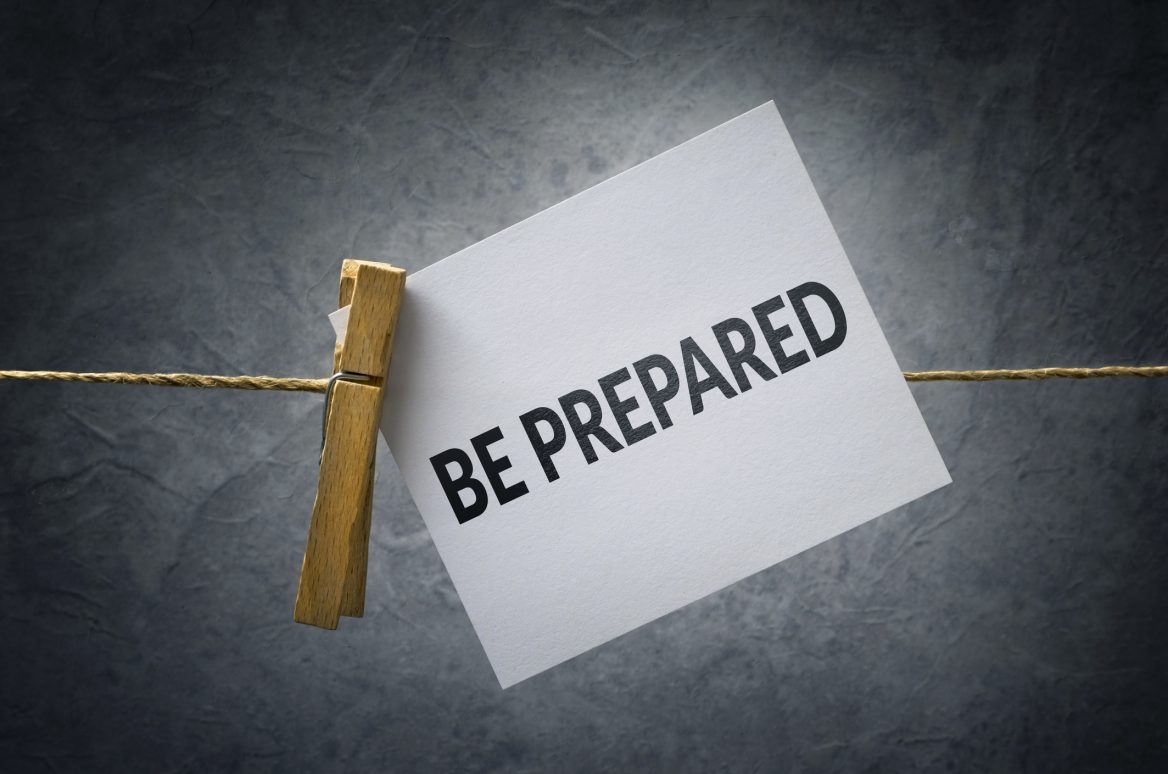 Take steps now to prepare your property for inclement weather and help keep your tenants safe. Here are some ways to prepare your property for this Winter.
Take steps now to prepare your property for inclement weather and help keep your tenants safe. Here are some ways to prepare your property for this Winter.
Download Printable Article (PDF) >>>
1. Clear Gutters and Downspouts
The best way to prepare your property for inclement weather. is to clean out gutters. Clogged gutters can lead to an accumulation of water during heavy rainfall. The built-up water can leak into the property’s interior, causing mold growth. To prevent the collection of debris, you should clean the gutters at least once a year, and ideally more frequently.
You want to do this before winter so the water doesn’t freeze over. Plus, fall is when leaves start dropping from the trees. To ensure proper drainage, redirect downspouts or lengthen them.
When clearing the gutters, you want to get the roof inspected. During storms, heavy winds can weaken the structure, leading to costly repairs. It can cost around $950 to fix the roof. During an inspection, look for signs of cracked caulk or missing shingles. Also, add truss bracing for further support.
2. Bring in Outdoor Furniture and Signs
Strong winds can blow around unsecured objects, such as chairs or parking signs. These can then knock into the building and dent the exterior. If you can’t bring them inside, anchor them down with sandbags or fasten them with bungee cords. Also, place a tarp over furniture and cover over them to protect against the rain.
3. Insulate Your Pipes
Insulation keeps your pipes from freezing over during harsh winters. If water freezes, it can expand and put pressure on the pipes. Too much stress can cause cracks, leading to leaks. Add rubber or fiberglass sleeves to prevent frost. Close any holes in the wall using caulk or spray foam insulation. Sealing your property can even lower your energy bills.
4. Protect Electrical Appliances
Storms can lead to power outages. Invest in surge protectors to prevent damage to appliances. When buying one, you want to determine how many ports you need. Think about how many devices you’re plugging in and what type. Keep in mind that items like televisions will need more protection than an office lamp. Also, look into the energy absorption rating and the warranty.
Have a gas-powered backup generator on hand so your tenants can continue to work. Also, identify temporary off-site locations for renters to temporarily conduct business.
5. Secure the Windows
Heavy winds can pick up loose debris. To keep your windows safe, protect them with storm shutters. These come in a variety of styles, such as rolling shutters or fabric storm panels. You can also cover the casements with plywood or install high-impact glass. Boarding up your windows can even help prevent water from entering.
6. Trim the Trees
Trees with dead branches can break off during storms. The fallen trees can damage the exterior or even hit power lines. To protect your building, trim the trees, especially ones closest to the structure. Look for any dead or rotting roots.
When pruning, make sure to cut at the proper angles. You should chop branches extending upwards at a 30 to 45-degree angle. However, don’t cut all the way down to the stubs. While outside, examine the placement of your bushes. Plant trees in groups to create wind barriers. Consider planting live oaks or bald cypress for their wind-resistant qualities. Have a professional inspect your landscape for customized planning. For example, if you have newly planted trees, these may need to be cabled and braced.

7. Have an Emergency Plan
You can prepare your property for inclement weather but you should also have an emergency plan. When a storm occurs, you want everyone to be on the same page. To keep your tenants safe, plan an evacuation route. Keep an emergency supplies kit at the office, including items like flashlights and water. Be sure to have a way to provide tenants with updates before and after the storm. Keep a list of the businesses you may need to contact, such as insurance companies or contractors. Have these numbers available outside of your office. You also want to have a good snow management company lined up before the first snowfall. Make sure you work with them to map out the specific areas you need serviced.
8. Know What Your Insurance Covers
Reviewing your insurance policy a few times a year ensures you aren’t caught off guard. Speak with your broker to understand what is covered in your policy and what’s excluded. For example, drains that back up outside of the building may not be covered. Some policies might exclude utility disruptions, so make sure to have a good relationship with companies that provide generators.
Another critical element is understanding your deductible. Some policies have one event deductible, but others may be per building. Knowing this information can help you manage an already stressful situation. While examining your policy, consider adding flood insurance. Many insurance policies don’t cover damage due to flooding, but you’ll find coverage through private companies or the National Flood Insurance Program.
9. Have a Remediation Contractor in Place
A remediation contractor is someone who specializes in repairs after a storm. They can help address issues caused by mold or water damage. Having one can save you time and money during a crisis. Make sure the contractor you hire is licensed and trained. Also, ensure they’re honest about the condition of your space. Invite your handyman to walk through the property with the claims adjuster.
10. Raise the Property
Placing your property on stilts will prevent rainfall from seeping into the foundation. The process usually consists of the following steps:
1. Separating the property from the foundation
2. Raising it using a hydraulic lift
3. Holding it on temporary supports
4. Constructing the new base
This almost certainly isn’t an option for every property owner, but for somebody with the required funds who’s committed to remaining in their current environment, it’s something to consider.
11. Buy a Sump Pump
Sump pumps are used to remove water accumulated in the basin. The machine can prevent water damage when there is heavy flooding. Consider getting a battery backup in case of a power outage. To install the device, dig a hole in the floor and place the pump inside. Then cover it with gravel and add a check valve.
12. Install Check Valves on the Pipes
Check valves prevent flooded sewage systems from backing up into your property. They work by allowing sewage to flow out but then closes to stop the reverse flow. There are multiple types, such as flap or gate
valves. Flap valves operate automatically but are less effective. Gate valves operate manually but have a better seal. Have a professional plumber install the check valves. They will place them on the main waste drain pipes.
Prepare Your Property and Keep Tenants Safe
Strong winds or heavy rainfall can cause damage to your building, but taking proper preventive measures can protect its structure and your tenants. Follow these tips to prepare your property for inclement weather.
Rose Morrison is a residential and commercial real estate writer and the managing editor of Renovated. To see more of her work visit:: https://renovated.com/



